Travel With Tamara | Myths and Legends of Ethiopia
Myths and Legends of Ethiopia
In the days after Ethiopia’s historic peace deal with Eritrea, I give you a bunch of reasons why this country should be next on your list to visit.
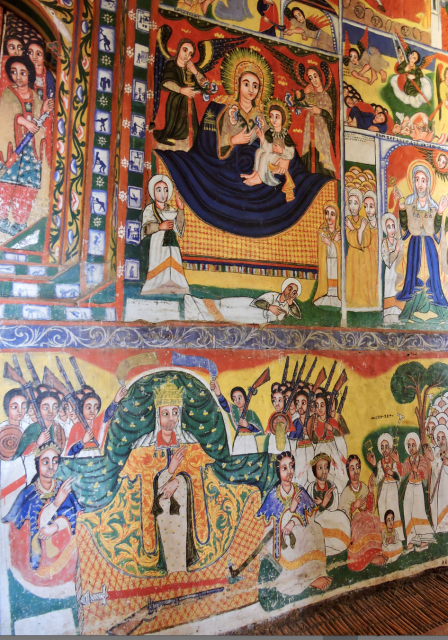
Ethiopia’s history reads like a fusion of myth and legend, its titanic characters performing grandiose deeds and accomplishing iconic feats. One of my favourites portrays Ethiopia’s Queen of Sheba’s momentous meeting with King Solomon of Jerusalem. Ethiopian chroniclers wax lyrical about the abundance of spices, profusion of gold and mountain of precious stones that she brought, about how Solomon converted her to the One True God – whether this was Judaism or Islam depends on who’s telling the story – and how he wined her and dined her, then artfully seduced her. Emperor Menelik I, born of this union, was the first Emperor of Ethiopia, and it is said that from him all emperors through to Emperor Haile Selassie were descended.
Whatever you might think of such stories, a number of objects remain, living proof of Ethiopia’s longevity and significance. Lucy, part of a female skeleton and the earliest known example of upright walking hominins, has been dated to 3.2 million years ago. The obelisks of Axum, one of which is the largest such structure in the world, were built sometime during the dominance of the Axumite Empire, almost two millennia ago. Axum is also the site of what might be the remains of the Queen of Sheba’s palace, and – it’s said – of the Arc of the Covenant: according to legend, Emperor Menelik, on a visit to his father King Solomon, carried off the Arc of the Covenant – with divine assistance – which, until this day, remains at the Church of Our Lady Mary of Zion.
The churches of Tigrey, carved into the pinnacles of the region’s surreal rock formations, have been dated to around the 4thcentury AD. Over 130 of these exist – the number uncertain because some are so remote they have yet to be explored; to reach many – including the infamous Abuna Yemata Guh – entails hair-raising climbs up sheer cliffs. These altars in the sky are still in use today; watching processions of white-robed worshipers scaling the orange cliffs is a vision that will remain with you always – while climbing the cliff yourself is an experience you’ll never forget.
Perhaps the most significant symbol of Ethiopia’s early eminence is Lalibela. Dating to the 12thand 13thcenturies, Ethiopia’s most famous churches were cut from single rocks – hence the moniker monolithic – and many are linked by a network of tunnels and trenches. The striking cruciform structure of Bete Georgis is the best known image of Ethiopia but there are so many more that Lalibela continues to be a pilgrimage site for Ethiopian Orthodox Christians to this day.
Even these, however, don’t convey the wealth of sites to see in Ethiopia. The Danakil Depression houses the Dallol sulphur springs – which might be what the moon looks like if it’s multi-coloured, constantly shifting and insanely hot –, Erta Ale Volcano and a chain of salt lakes whose water has evaporated leaving gleaming white sheets of heat. Harar, walled city in the east, is a maze of cobbled alleys, traditional houses and fragrant spice markets; established in the 10thcentury by 43 holy men from Arabia, it’s said to be the fourth holiest Islamic town after Mecca, Medina and Jerusalem. Gondar, capital of Ethiopia from the 1630s to the 1860s, has come to be known as the Camelot of Africa because of its evocative castles. On Lake Tana, source of the Blue Nile, the Zege peninsula monasteries are filled with intricately painted Bible stories, the paints all created from local plants and berries. The Simien Mountains, formed before the formation of the Rift Valley, have dramatic escarpments, stunning summits, tumbling waterfalls and several jaw-dropping viewpoints, while the Bale Mountains – also filled with exhilarating treks and climbs – are home to the last remaining stronghold of endangered Ethiopian wolves.
Finally, no piece about Ethiopia would be complete without a mention of the tribes. Ethiopia – land of many peoples – has over 80 tribes, but it’s the tribes of the Omo Valley region of southern Ethiopia who steal the show. Visiting them feels like stepping back in time. The Mursi women adorn themselves with intricate headdresses, piercings and lip plates; the Karo use feathers and elaborate chalky body paint; the Hamar adorn their hair and skin with ochre and celebrate a young man’s readiness for marriage with a bull jumping ceremony; the Konso live in ancient hilltop villages that are labyrinths of stone alleys. And these are just a few. Visit these peoples and you’ll learn not only what they wear, but how they mark significant events in their lives, and the traditions, customs and beliefs that shape their days.
Tamara Britten, 05 February 2020
Published also in: Coastal Guide
About the region
Addis and Surroundings
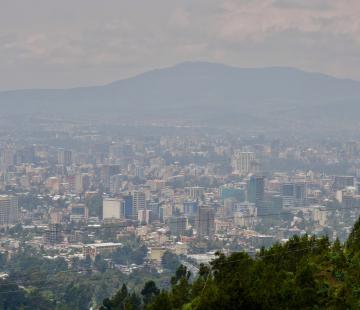
Addis Ababa is the capital of Ethiopia, the country’s largest city, and site of the headquarters of the African Union. Highlights include Entoto Mountain on which stands the Palace of Menelik II, the National Museum, the Ethnographic Museum, Trinity Cathedral, St George Cathedral, Merkato and the Piazza.
Read more about Addis and SurroundingsEastern
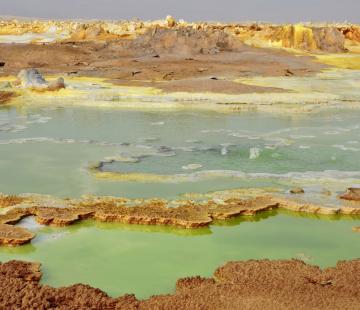
This remote and remarkable region includes the scalding and volcanically active Danakil Depression, with colourful bubbling sulphur, desiccated salt lakes and the live Erte Ale volcano. Also in the region is Awash National Park and the Islamic walled city of Harar.
Read more about EasternNorthern
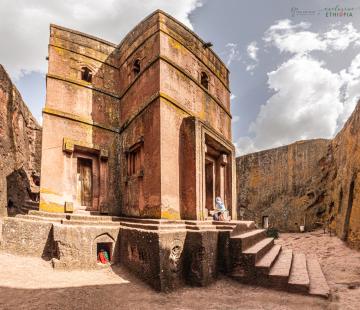
The historic north is home to what are arguably Ethiopia’s most popular sites. The legendary historic route includes Bahir Dar, Gondar, Axum, Lalibela and Gheralta. The region also includes Lake Tana, source of the Blue Nile, and the Simien Mountains, with Ethiopia’s highest peaks and most diverse wildlife.
Read more about NorthernSouthern
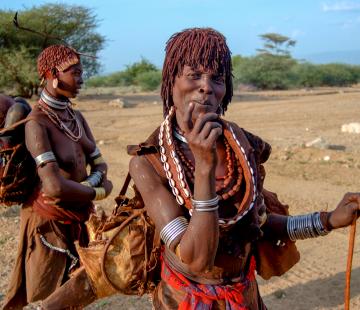
Ethiopia’s south is perhaps best known for the tribes who dwell here, particularly around the Omo Valley, who live according to their traditional customs. The region is also known for the Bale Mountains National Park, and for the chain of lakes that stud the Rift Valley.
Read more about Southern